
I can think about plenty of proverbs, axioms and sayings involving horses, one appropriate to this subject is, ‘No Hoof, No Horse’.
One of the conditions that can force a near no hoof situation is thrush. This condition can be very troubling for the horse, as it makes it very difficult for the pony to walk without experiencing agony. The irony about thrush is it’s preventable and as such, shouldn’t be happening with the sort of frequency that’s usually seen. I would go so far as to assert that no responsible pony owner should let thrush afflict any of their horses at any time. Thrush is infectious, and as such can soon spread from one afflicted pony in a herd to the rest of the horses, and to humans interacting with those horses. There is not any agreement on the duration for which thrush bacteria can survive off their horst, but the popular belief is it’s about 10 months. If your horses get stricken with thrush, remember the condition can spread to you and other homo sapiens too , so exercise great care while treating and looking after your afflicted horses.
It isn’t a tough task recognizing the condition. It manifests as a clay-like build up around the frog. It is black n colour and has a rotten smell. The cause is a sort of anaerobic bacteria (the kind that may survive without oxygen). This bacteria is prevalent in much of manure and mud, and if it is permitted to stay in the horse’s Hooves will cause disease characterized by great pain. Though wet bedding isn’t a primary cause, it can inspire the start of the condition.
Sadly muddy conditions aren’t always preventable. They are potential perilous for a horse’s hooves. They render hooves and heels soft, so making them subject to bruises, aside from thrush. Extended exposure to wet conditions and bacteria makes for the ideal environment for thrush bacteria to flourish. Essentially, a horse is at substantial odds of contacting thrush if its hooves are exposed to damp conditions. Thrush bacteria thrive most in soil and this suggests that horses standing around in slushy conditions are really vulnerable. If you’ve come up against circumstances where you have no option except to expose your horses to such environments, be intensely alert to the disposition of your horse’s hooves. Regardless of how much time or effort it takes, clean them out as often as your are able to.
Common sense rules pony hoof care, which is a straightforward process. A primary task in hoof care is to completely clean out all deposits including mud, stones and manure from your horse’s hooves. Sadly, all too many horse owners do not pay enough attention to this most necessary side of equine medical care.
Pointless foreign objects build up in a horse’s hoof subjecting the soles to avoidable pressure; this pressure may cause bruises, abrasions and cuts that are excellent conditions for the onset of bacterial conditions like thrush. When you’re in the habit of cleaning your horse’s hooves every day, you’ll be able to spot any abnormality instantly. You have to pay additional attention to horses with narrow and upright feet as also to horses with hoof clefts that are deep, because they trap more foreign matter and are far more at the mercy of diseases like thrush, even if they’re constantly cleaned.
Although it is easier to make out thrush at more advanced stages, not just because of the smell, it is not so simple to catch it in the initial stages. The safest way is to talk to your farrier or vet if you see the smallest cause for concern. Regular hoof trimming by a qualified farrier goes a good way toward stopping and controlling thrush.
There is not any great difficulty to treating a pony for thrush, provided he stands still long enough for you to attend to his affected hooves. You begin by cleaning the hooves out totally employing a brush and hoof pick. Then you apply the recommended thrush treatment all around the frogs and the undersides. While you use bleach sprays, they need to be handled with great care. It’s miles better that you get your vet or farrier to prescribe a suitable treatment. In actual fact you should not even try and treat advanced cases of thrush infection unless you have first consulted your vet or farrier. Carry the treatment through till you are absolutely and 100% sure that your pony is cured. Don’t neglect the need to maintain total cleanliness while treating your horse: keep yourself safe from infection.
Horses are Heather Toms
passion and she enjoys sharing her extensive knowledge through her 100s of
articles with other horse lovers http://horsehorses.net/
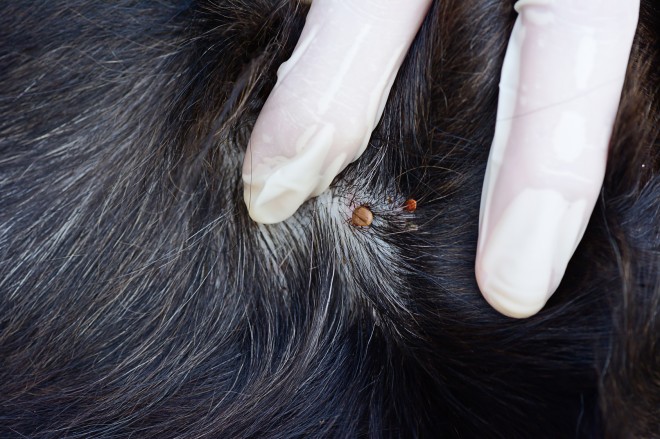 How Do Dogs Catch Fleas, Ticks And Other Parasites?
How Do Dogs Catch Fleas, Ticks And Other Parasites?
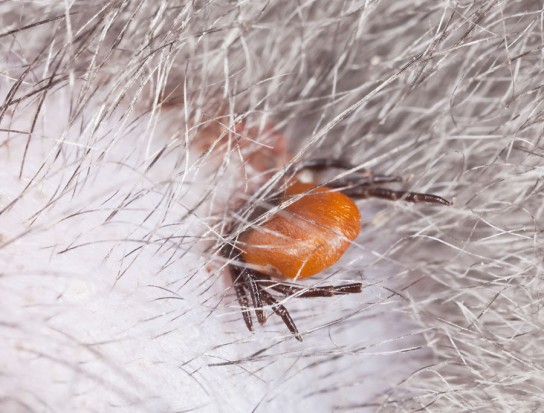 How To Identify And Remove Ticks From Your Pet
How To Identify And Remove Ticks From Your Pet
 How To Handle Your New Puppy’s First Night With You
How To Handle Your New Puppy’s First Night With You
 How to find BC German Shepherds for sale online?
How to find BC German Shepherds for sale online?
 How The Behaviour Of An Un-neutered Male Dog Differs From That Of A Neutered Dog
How The Behaviour Of An Un-neutered Male Dog Differs From That Of A Neutered Dog
 10 Essential Tips For Chinchilla Owners
10 Essential Tips For Chinchilla Owners
 Include Nutrients In The Feed For Horses With Ulcers
Include Nutrients In The Feed For Horses With Ulcers
Include Nutrients In The Feed For Horses With Ulcers
Include Nutrients In The Feed For Horses With Ulcers
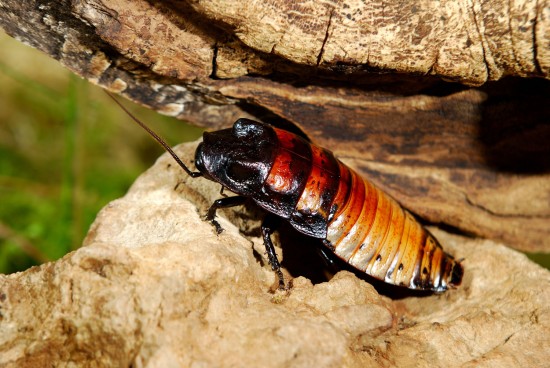 Unusual Pets - The Madagascan Hissing Cockroach
Unusual Pets - Th
Unusual Pets - The Madagascan Hissing Cockroach
Unusual Pets - Th
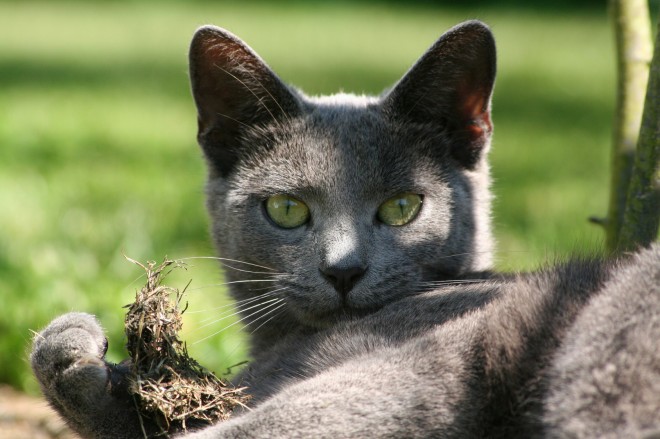 Making Sure Your Cat Stays Cool This Summer
Making Sure Your
Making Sure Your Cat Stays Cool This Summer
Making Sure Your
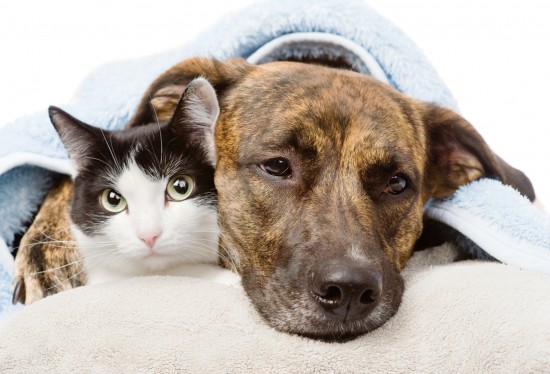 Tips To Help Dogs & Cats Lose Weight Safely & Effectively
Tips To Help Dogs
Tips To Help Dogs & Cats Lose Weight Safely & Effectively
Tips To Help Dogs
 Ten Good Supplemental Foods To Help Combat Problems In Dogs
Ten Good Suppleme
Ten Good Supplemental Foods To Help Combat Problems In Dogs
Ten Good Suppleme
Copyright © 2005-2016 Pet Information All Rights Reserved
Contact us: www162date@outlook.com